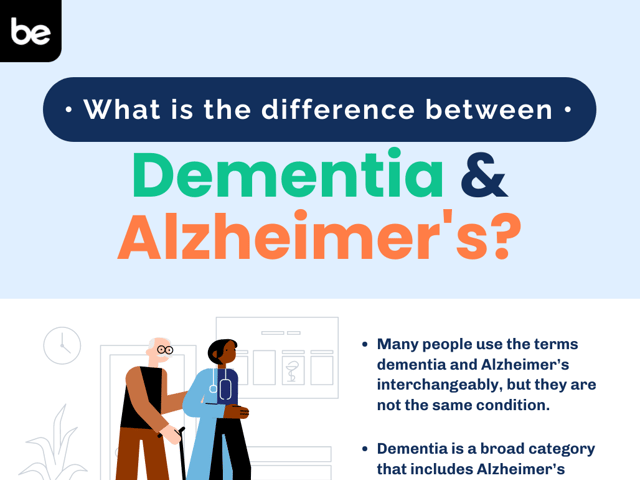
Electrolyte Cheat Sheet
As a nurse you are expected to know about electrolytes, their normal levels, and what effect they have on the body if they fall outside of their usual range. Here are a few key electrolytes you’ll want to memorize!
Calcium
Normal Level:
Total: 2.2-2.6 mmol/L or 8.5 to 10.2 mg/dL
Ionized: 4.8 to 5.6 mg/dL
High Level Effects: bone pain, muscle weakness, excessive thirst, lethargy, nausea
Low Level Effects: numbness and tingling in digits, muscle cramps, wheezing, fatigue
Chloride
Normal level: 95-105 mEq/L
High Level Effects: diarrhea, vomiting
Low Level Effects: diarrhea, vomiting
Magnesium
Normal Level: 1.5-2 mEq/L
High Level Effects: diminished deep tendon reflexes, flushing, headache, nausea, drowsiness
Low Level Effects: muscle weakness, twitches, or tremors; irritability, insomnia, drowsiness
Phosphorus
Normal Level: 2.5 to 4.5 mg/dL
High Level Effects: osteoporosis, cardiovascular disease
Low Level Effects: changes in mental state, bone pain/fragility, fatigue, weight loss, weakness
Potassium
Normal Level: 3.5-5 mEq/L
High Level Effects: heart arrhythmias, numbness and tingling, breathing problems
Low Level Effects: muscle weakness, fatigue, heart arrhythmias
Sodium
Normal Level: 135-145 mEq/L
High Level Effects: lethargy, myoclonic jerks, confusion, nystagmus, tachycardia
Low Level Effects: nausea and vomiting, lethargy, seizure, neurological deficits

Keep Reading

National Council Licensure Examination-Practical Nurse Blog
How Long Should I Study for the NCLEX-PN?
For aspiring nurses, the NCLEX-PN is a critical hurdle on the path to b…

National Council Licensure Examination-Practical Nurse Blog
How to Become an LPN
Would you like to average $30 dollars per hour in a rewarding full-time…

National Council Licensure Examination-Practical Nurse Blog
What Is the Difference between Dementia and Alzheimer’s?
Many people use the terms dementia and Alzheimer’s interchangeably, but…